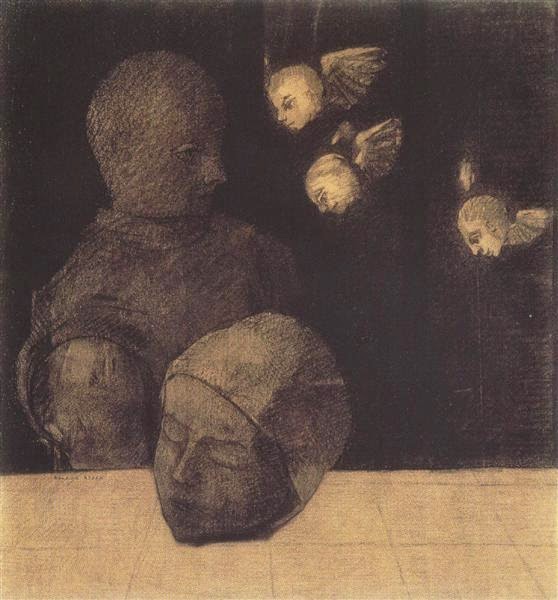◊
ferns in long waves
spill into the rain –
doe in the thunder
◊
 |
Henri Rousseau. The Dream.
Inspired by Henri Rousseau’s “The Dream”.
Rousseau wrote a poem to accompany his artwork:
Yadwigha in a beautiful dream Having fallen gently to sleep Heard the sounds of a reed instrument Played by a well-intentioned [snake] charmer. As the moon reflected On the rivers [or flowers], the verdant trees, The wild snakes lend an ear To the joyous tunes of the instrument.
The name “Yadwigha” reminded me of Jadwiga of Poland. Some
research on Wikipedia revealed that the woman in the painting is a Polish
mistress from Rousseau’s youth. And since I was raised in a part of the world where being Polish makes one the butt of many jokes — knowing that this lovely lady is YADWIGHA makes my heart happy in about twenty different ways.
|
 |
| Source |
"Hatsuyume was extremely important because it would foretell the dreamer’s luck for the upcoming year. “In Japan, the night of December 31 was often passed without sleeping, thus the hatsuyume was often the dream seen the night of January 1. This explains why January 2 (the day after the night of the "first dream") is known as Hatsuyume in the traditional Japanese calendar.”
 |
| Source |
 |
| Original: Odilon Redon |